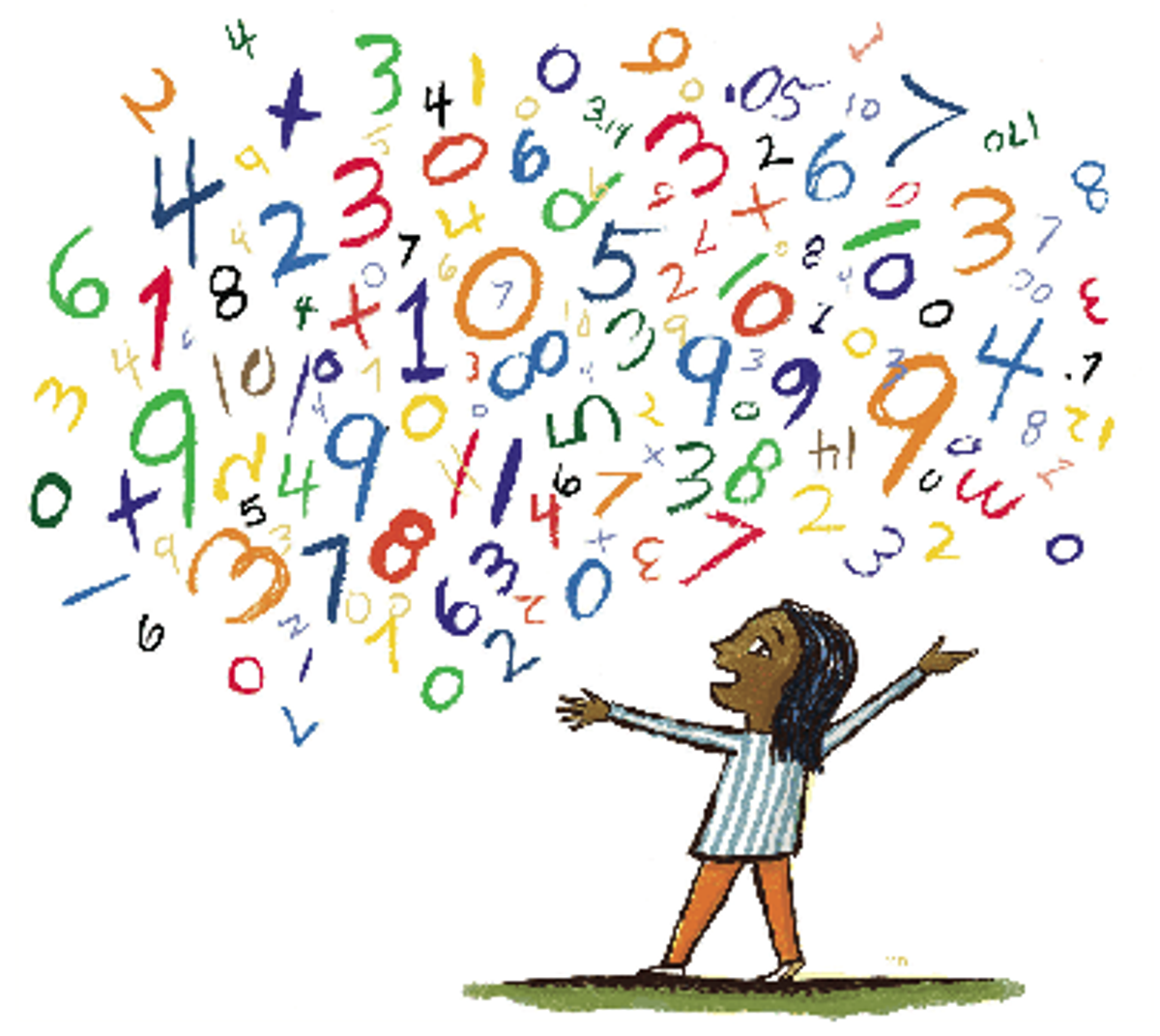Learning &
Teaching
Susanne Jackson
Deputy Principal- Learning & Teaching

Learning &
Teaching
Susanne Jackson
Deputy Principal- Learning & Teaching


One of the most important parts of a student's mathematical understanding is the development of their number sense. Number sense includes the learning of maths facts, along with a deep understanding of numbers and the ways they relate to each other. Research shows, number sense is the foundation for all higher-level mathematics (Feikes & Schwingendorf, 2008). When students focus on memorising times tables they often memorise facts without number sense, which means they are very limited in what they can do and are prone to making errors when problem solving. Number sense is critically important to students’ mathematical development, however it is inhibited by over-emphasis on the memorisation of maths facts. The more we emphasise memorisation to students, the less willing and able they become to think about numbers and their relationships. (Boaler, 2009).
The Brain and Number Sense
Some students are not as good at memorising maths facts as others. That is something to be celebrated, it is part of the wonderful diversity of life and people. In one brain study scientists examined students’ brains as they were taught to memorise math facts. They saw that some students memorised them much more easily than others. This was no surprise and many of us would probably assume that those who memorised facts better were higher achieving or “more intelligent” students. But the researchers found that the students who memorised more easily were not higher achieving, they did not have what the researchers described as more “maths ability”, nor did they have higher IQ scores (Supekar et al, 2013). Some students will be slower when memorising but they still have exceptional mathematics potential. The key to developing key maths facts knowledge in all students is to allow our students to create a mental picture of numbers through repeated visual exposure and daily practise of explicit skills.
(Adapted from Boaler, J. (2015). Fluency without fear: Research evidence on the best ways to learn math facts. Reflections, 40(2), 7-12.
So how do we teach number sense and basic maths facts in school?
At St Joseph’s we have a comprehensive Number Fluency process that students engage in each day. This process is based on data that teachers collect, identifying the needs of the students. Students are tracked on a continuum of learning, designed through researched practises and after repeated exposure and evidence of understanding, they are moved to the next skill needed. This occurs in all classrooms each day for 10 to 15 minutes, along with their daily one hour mathematics lesson that helps them to apply their number sense in problem solving situations.
Number sense is key to success in mathematics and understanding numbers is essential!
Each week teachers are adding number fluency activities to our home learning portal. These activities are the same as the ones students are engaged in at school. This repeated practise supports students to embed their understanding both at school and home. Click below to see what activities you can do at home.
Please click on the link below to visit your child’s Home Leaning Page to stay up to date with their learning.